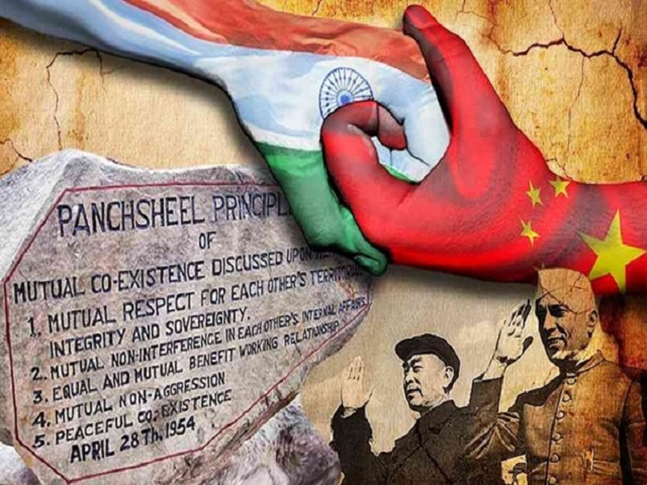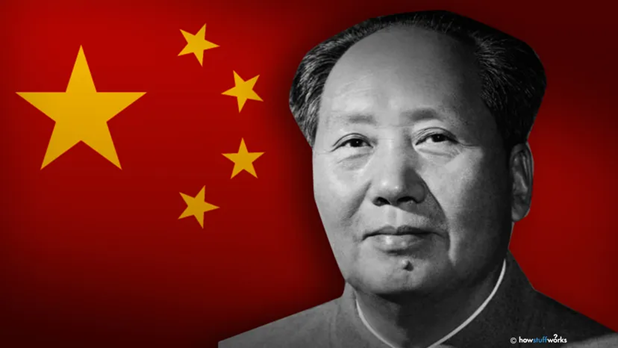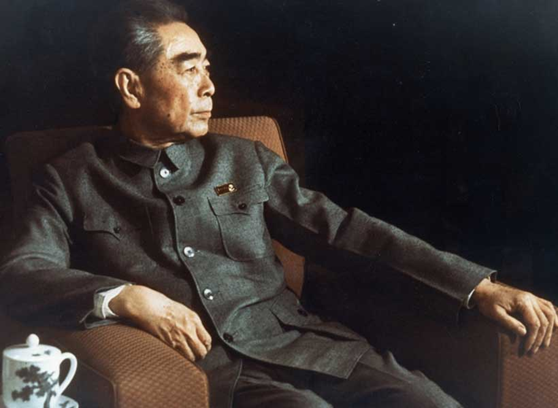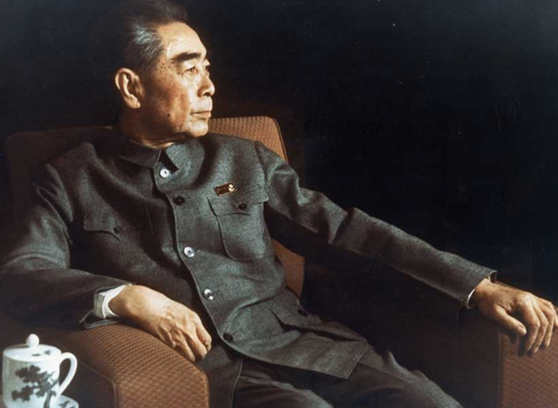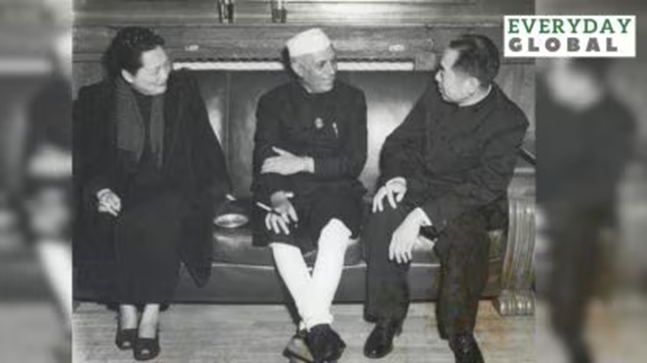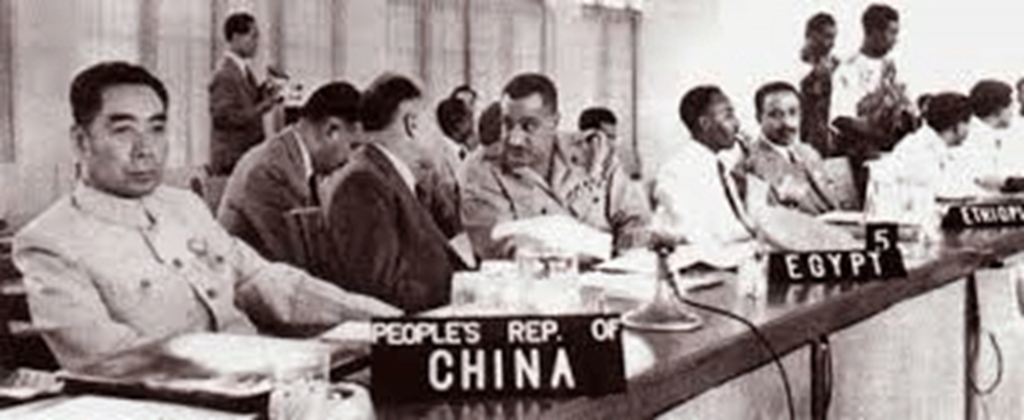China will hold commemorative events to mark the 70th anniversary of the Five Principles of Peaceful Coexistence — a foreign policy concept that was first articulated in an agreement with India in 1954. The ceremony in Beijing will be chaired by Prime Minister Li Qiang. President Xi Jinping will deliver the keynote address.
70 Years Of ‘Panchsheel’ Agreement
Why In News
- China will hold commemorative events to mark the 70th anniversary of the Five Principles of Peaceful Coexistence — a foreign policy concept that was first articulated in an agreement with India in 1954.
- The ceremony in Beijing will be chaired by Prime Minister Li Qiang. President Xi Jinping will deliver the keynote address. The event has been given a forward-looking focus, with the theme of “From the Five Principles of Peaceful Coexistence to Building a Community with a Shared Future for Mankind”.
Proposed By China In 1954
- What China calls the Five Principles is known in India as Panchsheel, which was a key aspect of Prime Minister Jawaharlal Nehru’s vision of the world and the relations between nations and neighbours.
- India attained Independence from the British in 1947 after several decades of nationalist struggle. Two years later, the Chinese communists emerged victorious in the civil war, and Mao Zedong pronounced the People’s Republic of China. Nehru was keen to establish good relations with China based on trust and mutual respect, and the Chinese appeared to reciprocate, at least initially.
- In 1954, while inaugurating bilateral talks between India and China over Tibet, Chinese Premier Zhou Enlai proposed the Five Principles of Peaceful Coexistence, which was favoured by Nehru.
- The word Panchsheel traces its origin to the Buddhist concept of Pañcaśīla, which describes the five moral vows of Buddhism: abstinence from murder, theft, sexual misconduct, lying, and intoxicants.
Panchsheel: The Five Principles
- Panchsheel Agreement, formally known as The Agreement on Trade and Intercourse with Tibet Region, was signed on April 29, 1954, by N Raghavan, the Indian Ambassador to China, and Zhang Han-Fu, China’s Foreign Minister.
- The preamble of the Panchsheel Treaty lay down five guiding principles:
- Mutual respect for each other’s territorial integrity and sovereignty
- Mutual non-aggression
- Mutual non-interference
- Equality and mutual benefit
- Peaceful co-existence.
- The agreement aimed to enhance trade and cooperation between the two countries, establishing each country’s trade centres in major cities of the other, and laid out a framework for trade. The agreement also listed important religious pilgrimages, provisions for pilgrims, and acceptable routes and passes available to them.
- Importantly, India for the first time recognised Tibet as the Tibet Region of China.
Panchsheel To Non-Alignment
- A year after the Sino-Indian Agreement, the Five Principles would feature prominently at the first African-Asian Conference in Bandung, Indonesia. Twenty-nine countries of Asia and Africa took part in the Bandung Conference of April 1955, and signed a 10-point declaration that co-opted the Five Principles or Panchsheel.
- Bandung Conference would serve as the precursor to the Non-Aligned Movement, a grouping of nations that consciously chose to not align themselves with either of the two global power blocs led by the United States and the Soviet Union.
- NAM was founded with the signing of the Brioni (Brijuni) Declaration on July 19, 1956 by Nehru, Egypt’s President Gamal Abdel Nasser, and Prime Minister Josip Broz Tito of Yugoslavia. The Brioni Islands are in the northern Adriatic Sea, and now a part of Croatia.
- The Brioni Declaration said: “Peace cannot be achieved via division, but via striving for collective security on the global scale… by the expansion of the area of freedom, as well as through the ending of domination of one country over another.”
- The first NAM Summit in Belgrade accepted Panchsheel as the “principled core” of the grouping.
China’s Foreign Policy Today
- Panchsheel was visualised as an agreement that promoted peaceful coexistence between India and China, but its heart was ripped out by the India-China War of 1962. Critics have repeatedly attacked Nehru as being naive, and for misjudging Chinese intentions and mishandling the disagreements with Beijing.
- China’s stupendous economic growth over the past three decades has been accompanied, especially under President Xi, with an increasingly aggressive foreign policy. China has made claims over territories in the South China Sea, and has repeatedly engineered hostile situations with much smaller neighbours to its east and south-east.
- China’s relationship with the United States has been hostile, as it has mounted a trade and diplomatic challenge to American dominance in various parts of the world.
- Since the summer of 2020, Indian and Chinese forces have been locked in a standoff along the LAC in Ladakh, and repeated meetings at multiple levels have failed to achieve a substantive breakthrough.

